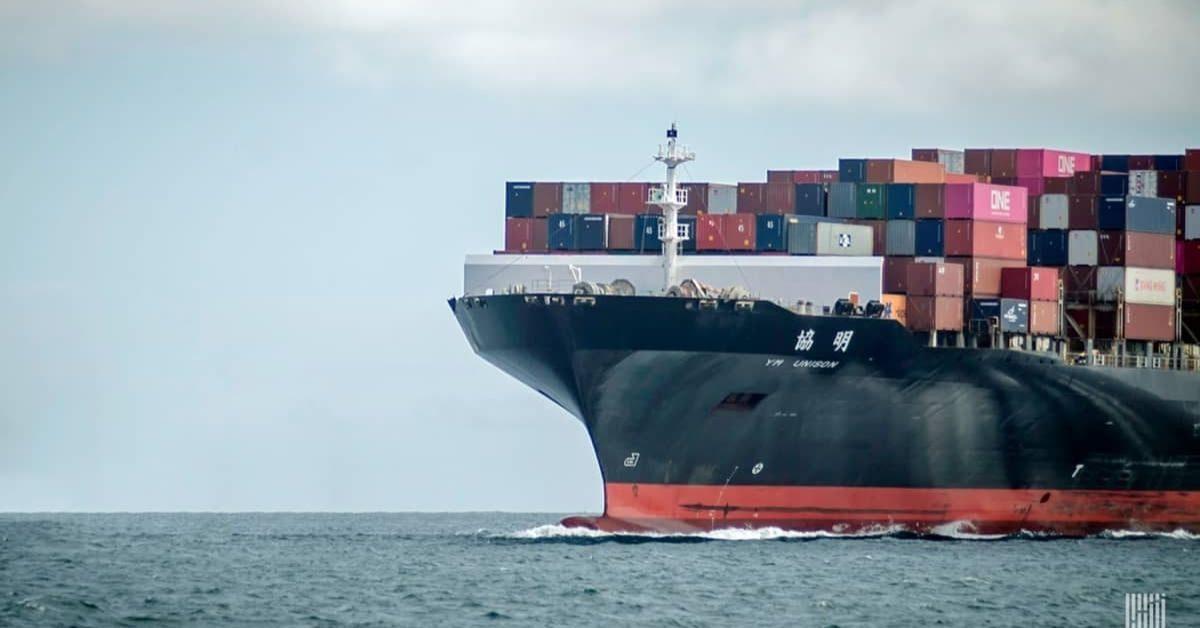Shipping’s international regulator set non-binding emissions goals that fail to align with restricting global warming to 1.5 degrees Celsius above pre-industrial levels, according to industry experts.
The International Maritime Organization adopted a net zero target for 2050, with interim “checkpoints” by 2030 and 2040. If followed, the new strategy would not cut shipping emissions quickly enough to align the industry’s pollution with the Paris Agreement’s stretch goal to limit global warming to 1.5C, the experts said.
“This agreement is not aligned with international shipping doing its part to limit global warming to 1.5C,” said Bryan Comer, marine program lead at the International Council on Clean Transportation, a non-profit.
Shipping carries more than 80% of world trade and spews more CO2 into the atmosphere each year than Germany. The new goals are a major improvement on the IMO’s previous 2050 target of only a 50% cut in greenhouse gas emissions versus 2008.
The IMO talks, which conclude today, took place during a week that saw the global temperature break records multiple times.
“While the 2023 IMO GHG strategy falls short of being clearly aligned to a 1.5 degree pathway, it does set expectations for reductions by 2030 and 2040,” said Alison Shaw, a research fellow at University College London Energy Institute and policy lead at consultancy University Maritime Advisory Services.
The Paris Agreement, inked in 2015, commits to holding the increase in the global average temperature to “well below” 2C, while pursuing efforts to keep it to 1.5C.
Under the IMO’s new plan, international shipping will exceed its current share of the world’s 1.5C carbon budget by approximately 2032, according to estimates from the ICCT. However, it will not exceed the “well below” 2C carbon budget, if that’s interpreted as 1.7C, the ICCT said.
“A stronger alignment with the Paris agreement, where shipping takes its pro-rated share, would require a more progressive reduction of emissions, reaching a 45% reduction in 2030,” said Bo Cerup-Simonsen, CEO of the Maersk Mc-Kinney Moller Center for Zero Carbon Shipping, a not-for-profit. “Still, we believe this strategy is a big step in the right direction.”
“The profound change in the way ships must be built, operated and fueled will impact every shipowner on the planet,” said Nikolaus Schues, president of shipping association BIMCO. “Investment decisions need to be reassessed, designs need change and business models will be forever impacted.”
Carbon charge
In the lead-up to this week’s meeting, more than 20 nations backed the idea of a levy on shipping emissions at a global finance summit in Paris. The IMO did not establish any such measure at this week’s talks, though the new strategy does say a basket of “GHG reduction measures” — including “an economic element” — should be finalized and agreed by 2025.
“A majority of governments now support a levy for shipping involving flat rate contributions by ships per tonne of greenhouse gas emitted to an IMO fund,” said Simon Bennett, deputy secretary general at the International Chamber of Shipping, which represents more than 80% of the world’s merchant fleet.
“2040 is less than 17 years away and the availability of zero greenhouse gas marine fuels today is virtually zero.”







